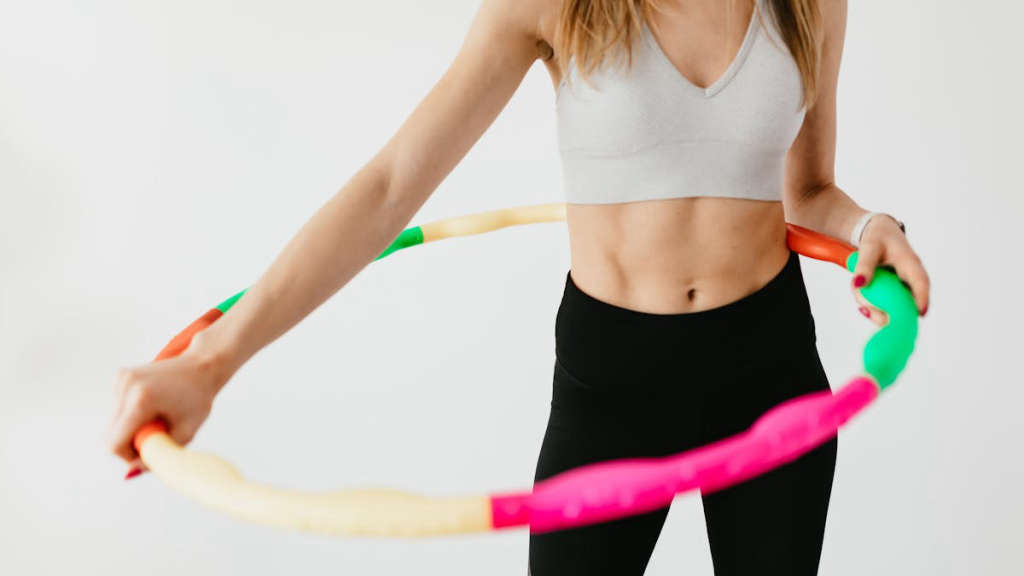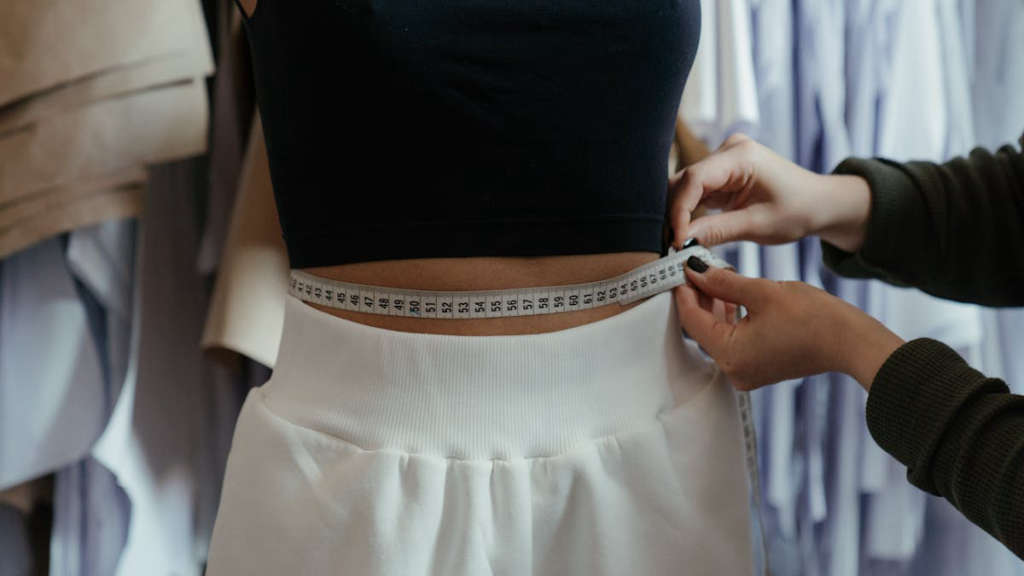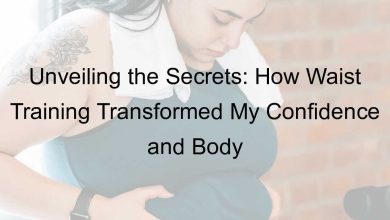Unlocking Comfort: The Ultimate Guide to Choosing the Best Waist Support Belt

In our fast-paced world, comfort plays a crucial role in our daily lives. We often overlook the importance of proper support for our bodies, specifically our backs. Finding the right gear can significantly impact our well-being. That’s where a waist support belt comes into play. These handy tools not only relieve discomfort but also promote better posture and mobility. In this ultimate guide, we will delve into the various factors to consider when selecting the best waist support belt for your unique needs, ensuring that you experience the utmost comfort throughout your day.
Main Points
- Understanding the importance of a waist support belt for back health.
- Key features to look for when choosing a waist support option.
- How to effectively use a waist support belt for optimal results.
- Tips for maintaining and caring for your waist support belt.

Understanding the Importance of Waist Support: Why It Matters for Your Health
The significance of waist support goes beyond mere comfort in daily activities. Many individuals underestimate its impact on overall health. A well-supported waist can prevent a host of issues, particularly for those frequently engaged in sitting or lifting tasks. The spine is vulnerable, and without proper support, it can lead to discomfort or even chronic pain.
Key Benefits of Waist Support
- Improved Posture: Good waist support encourages natural alignment, helping you maintain an upright posture.
- Reduced Strain: It alleviates pressure on the lower back, decreasing the risk of injury during strenuous activities.
- Enhanced Comfort: With proper support, you can experience greater ease during prolonged periods of sitting or standing.
However, finding the right support can be quite perplexing. The market is saturated with various products, making it challenging to choose the best one. It’s crucial to consider your specific needs, as what works for one person may not suit another. Ultimately, investing in quality waist support can lead to significant improvements in your day-to-day comfort and health. Your waist deserves attention, don’t you think?

Key Features to Look for in a High-Quality Waist Support Belt
Finding the right waist support belt can feel overwhelming, especially with the myriad of options available. Nonetheless, some key features can help you make an informed decision. Firstly, consider the material. A breathable, flexible fabric will provide comfort during extended wear. It’s essential to avoid belts that cause irritation or discomfort.
Adjustability and Fit
Secondly, the belt’s adjustability is crucial. A good waist support belt should offer various sizing options or adjustable straps to ensure a snug fit. This feature becomes particularly important as your body changes. Moreover, consider the level of compression offered. Some may prefer a tighter fit for significant support, while others might opt for a more relaxed feel.
Design and Style
Lastly, aesthetics shouldn’t be overlooked. A stylish design can encourage consistent use. After all, if it looks good, you’re more likely to wear it. In summary, prioritize comfort, adjustability, and design when choosing a waist support belt. Each of these features contributes significantly to your overall experience, making your choice more satisfying and beneficial.
Comparing Different Types of Waist Support Belts: Which One is Right for You?
Choosing the right waist support belt can be quite a challenge. The market offers a variety of options, each targeting different needs. First, let’s talk about compression belts. These are often favored for providing relief from lower back pain by offering firm support. Their snug fit can reduce muscle fatigue during prolonged activities. However, if you’re looking for more flexibility, a lumbar support belt might be your best bet. This type allows for greater ease of movement while still maintaining necessary support.
On another note, maternity support belts are specially designed for expectant mothers. They relieve pressure on the abdomen and back, promoting comfort during pregnancy. Yet, deciding which belt suits your lifestyle can be daunting. Factors such as daily activities, body type, and personal preference all play significant roles. Additionally, the material and adjustability impact overall comfort. So, take your time. Try different belts to find the one that feels right for you. Remember, what works for someone else may not work for you. Always consider how you feel in the belt, as comfort is paramount.
How to Properly Use a Waist Support Belt for Maximum Comfort and Effectiveness
Using a waist support belt correctly can greatly enhance your comfort and effectiveness during everyday activities. Many people often overlook important aspects of how to utilize this support properly. Here are some guidelines to consider:
- Choose the Right Size: Ensure the belt fits snugly but not too tight. An ill-fitting belt can cause discomfort and restrict movement.
- Positioning: Wear the belt around your waist, ensuring it covers the lower back area. This placement helps in stabilizing your core.
- Use During Activities: Put on the belt when engaging in activities that may strain your back, like lifting heavy objects. This proactive approach can prevent injuries.
- Adjust as Needed: Throughout the day, you may need to adjust the belt for optimal comfort. Don’t hesitate to make changes if it begins to feel too constricting.
- Limit Duration: While the support is beneficial, avoid wearing it for extended periods. Prolonged use can weaken your back muscles over time.
Incorporating these practices can maximize the benefits of a waist support belt. Remember, it’s about finding the right balance between support and your body’s natural movement.
Maintaining Your Waist Support Belt: Tips for Longevity and Performance
Your waist support belt can genuinely change the way you approach physical activities. However, its effectiveness greatly depends on how well you care for it. To enhance its longevity, start by cleaning it regularly. Use mild detergent and avoid harsh chemicals that can wear down the fabric. While it’s tempting to toss it into the washing machine, hand washing is often gentler and more effective.
Storage Matters
When not in use, store your belt in a cool, dry place. Humidity can interfere with its materials, affecting both fit and comfort. Additionally, always inspect your belt before wearing it. Look for signs of wear, such as fraying or looseness. It’s completely normal for belts to show signs of use, but any serious damage could compromise their performance.
Adjusting for Comfort
Adjust the fit regularly, especially if your body weight fluctuates. A well-fitting support belt not only feels more comfortable but also provides the necessary support during activities. Remember, a little care goes a long way. A well-maintained waist support belt will keep serving you effectively for years to come, making your workouts more enjoyable. Ultimately, it’s about finding balance—between use and care, tension and comfort.
Frequently Asked Questions
What is a waist support belt?
A waist support belt is a type of therapeutic garment designed to provide support to the lower back and abdominal area, helping to alleviate pain and improve posture.
Who can benefit from using a waist support belt?
Individuals with lower back pain, those recovering from injuries, pregnant women, and people with physically demanding jobs can benefit from using a waist support belt.
How do I choose the right size for a waist support belt?
To choose the right size, measure your waist circumference and refer to the sizing chart provided by the manufacturer. Ensure the belt fits snugly but comfortably.
Can I wear a waist support belt all day?
While many people can wear a waist support belt for extended periods, it is advisable to take breaks and avoid wearing it continually to prevent muscle dependency.
Are there any risks associated with wearing a waist support belt?
Wearing a waist support belt is generally safe, but overuse can lead to weakened core muscles and reliance on the belt for support. It is recommended to consult a healthcare professional if you have concerns.



